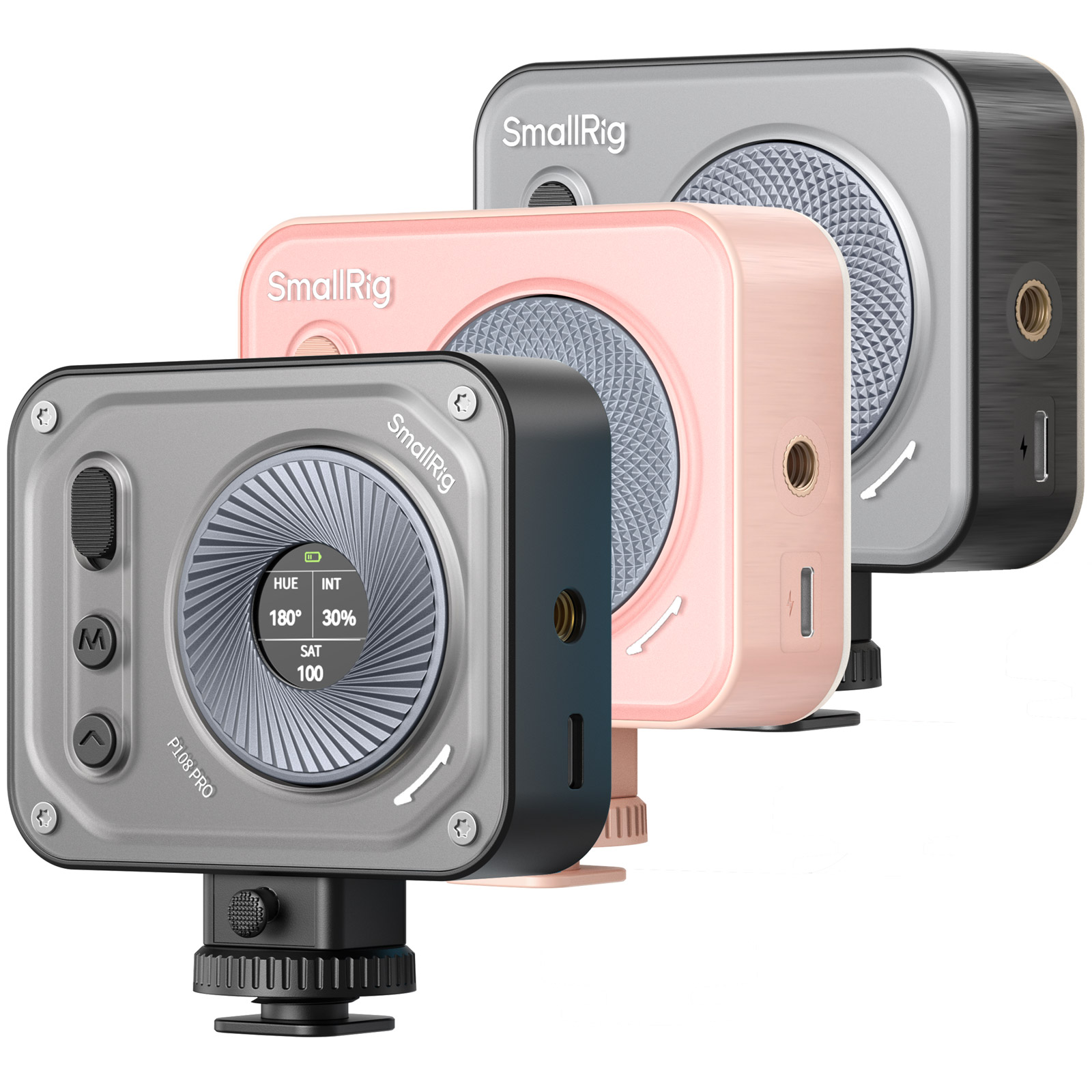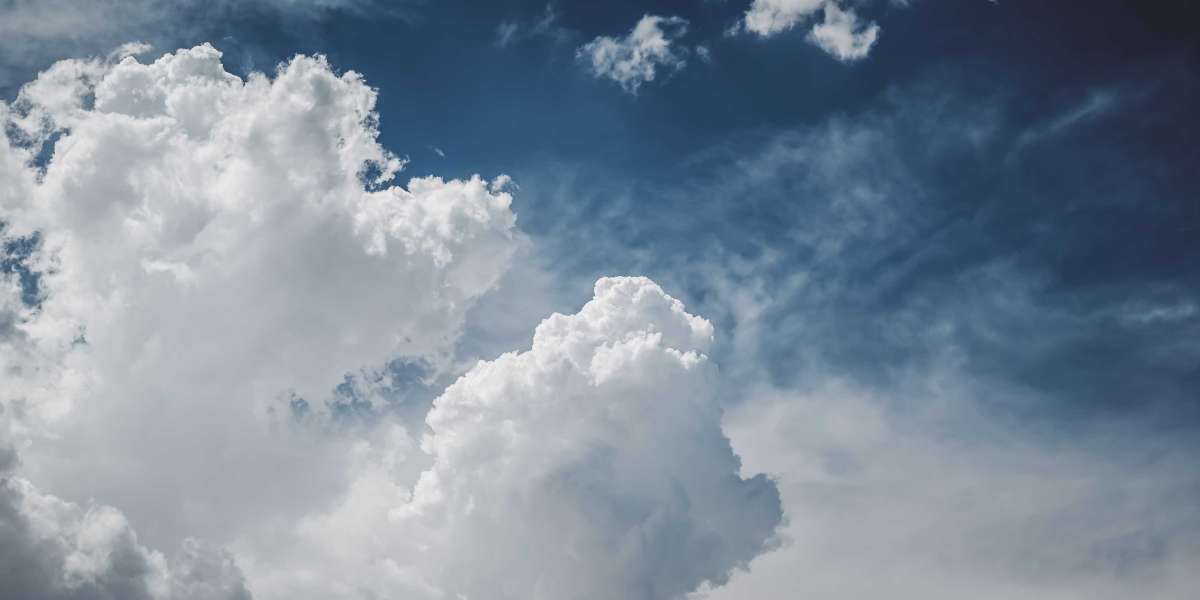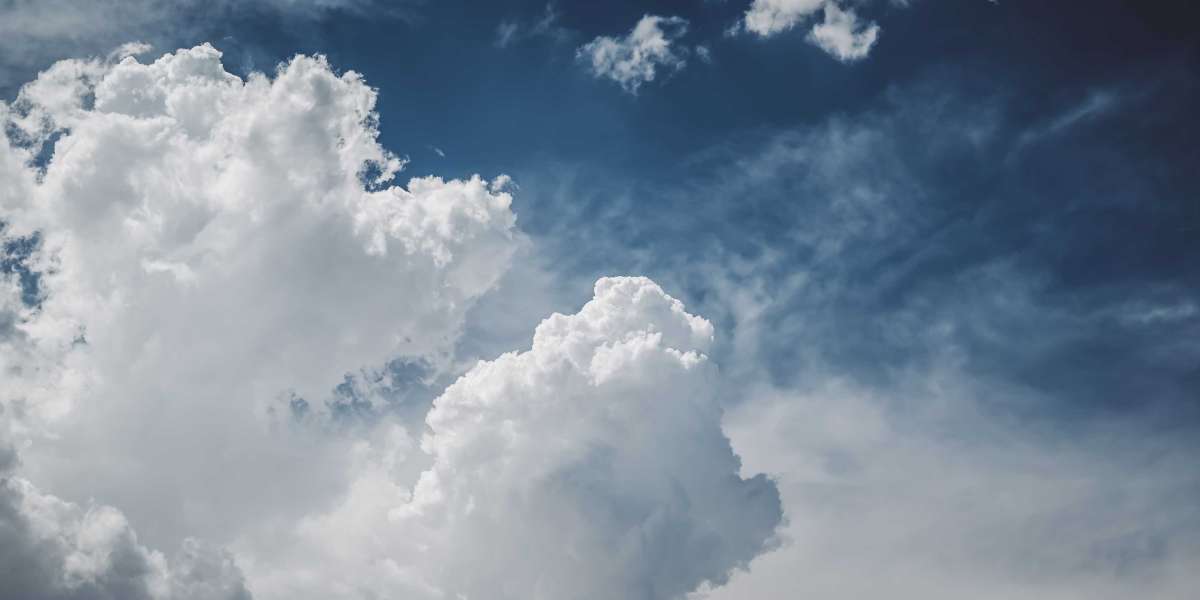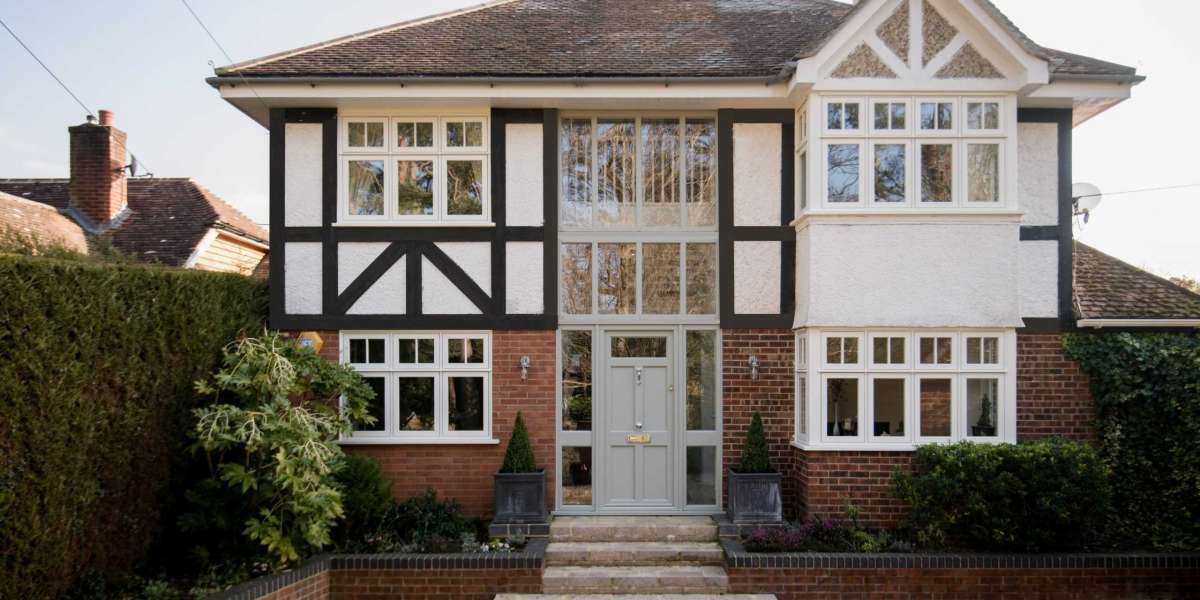Unlock the Secrets to Flawless Photography Lighting That Will Transform Your Shots!
Lighting is the unsung hero of photography, often determining whether a shot is breathtaking or lackluster. Good lighting can add depth, mood, and vibrancy, transforming an ordinary photograph into an extraordinary one. Whether you’re capturing the delicate hues of a sunset or the intricate details of a product shot, the right photography lighting is essential. The objective of this article is to guide you through the process of finding and purchasing the right photography lighting equipment or services, ensuring your photographs always shine.

Understanding Photography Lighting
Photography lighting refers to the use of light in capturing images. It can be categorized into two main types: natural and artificial lighting. Natural lighting comes from the sun and varies throughout the day, influencing the color, contrast, and mood of photographs. For instance, the golden hour—just after sunrise or before sunset—provides a warm, soft light ideal for portraits. On the other hand, artificial lighting includes any man-made light sources, such as studio lights, flash units, and LED panels. Understanding how these different types of lighting affect your images is crucial for mastering photography. Light can alter colors, create shadows, and enhance or diminish details, making it a powerful tool in a photographer's arsenal.
Types of Photography Lighting Equipment
When it comes to photography lighting equipment, there are several options to consider. Continuous lights are a popular choice, providing a constant source of light that allows photographers to see how lighting affects their shots in real-time. Flash units, on the other hand, offer bursts of light that can freeze motion, making them ideal for action shots. Reflectors help bounce light onto your subject, softening shadows and enhancing illumination, while diffusers soften harsh light, creating a more flattering effect. Each type of lighting equipment serves a unique purpose and can be advantageous in different shooting conditions. For instance, during outdoor shoots, reflectors can help manage bright sunlight, while continuous lights are great for indoor setups where control over lighting is essential.
Choosing the Right Lighting for Your Needs
Choosing the right lighting for your photography needs hinges on your specific style and requirements. Are you focused on portrait photography, landscapes, or product shots? Each genre has unique lighting needs. For instance, portrait photographers might prefer soft, diffused light to flatter their subjects, while product photographers may require more controlled, direct lighting to highlight details. When selecting lighting equipment, consider factors such as portability—how often will you be moving your gear? Power—do you need battery-operated lights for outdoor shoots? And versatility—can the equipment adapt to different styles or environments? Assessing these factors will help you make informed choices that enhance your photography.
Where to Purchase Photography Lighting Equipment
When it comes to purchasing photography lighting equipment, you have several options. Online stores offer convenience and often a broader selection, allowing you to compare different products with just a few clicks. However, local camera shops can provide personalized service and the ability to physically inspect the equipment before buying. Rental services are also a viable option, especially for those who wish to try out different lighting setups without committing to a purchase. Each option has its pros and cons; online shopping may save you money, while local shops can offer invaluable advice. Whichever route you choose, remember to research and compare products carefully to ensure you make the best decision for your needs.
Tips for Using Photography Lighting Effectively
To make the most of your photography lighting equipment, here are some practical tips. First, experiment with light positioning; the angle and distance of your light source can drastically change the look of your shot. Adjusting the settings on your camera in relation to your lighting can also yield better results, so don’t hesitate to play around with exposure, ISO, and aperture. Additionally, don’t shy away from experimenting with different setups—sometimes the most creative shots come from thinking outside the box. Remember, photography is as much about practice as it is about technique; the more you shoot, the more you’ll learn about how to effectively use light in your images.
Mastering Photography Lighting for Stunning Images
In summary, mastering photography lighting is essential for capturing stunning images. By understanding the different types of lighting, choosing the right equipment for your needs, and learning how to use it effectively, you can significantly improve your photography skills. Investing in quality lighting equipment is a step towards enhancing your craft, so take the time to explore your options. With the right tools and knowledge, you’ll be well on your way to taking your photography to the next level.








